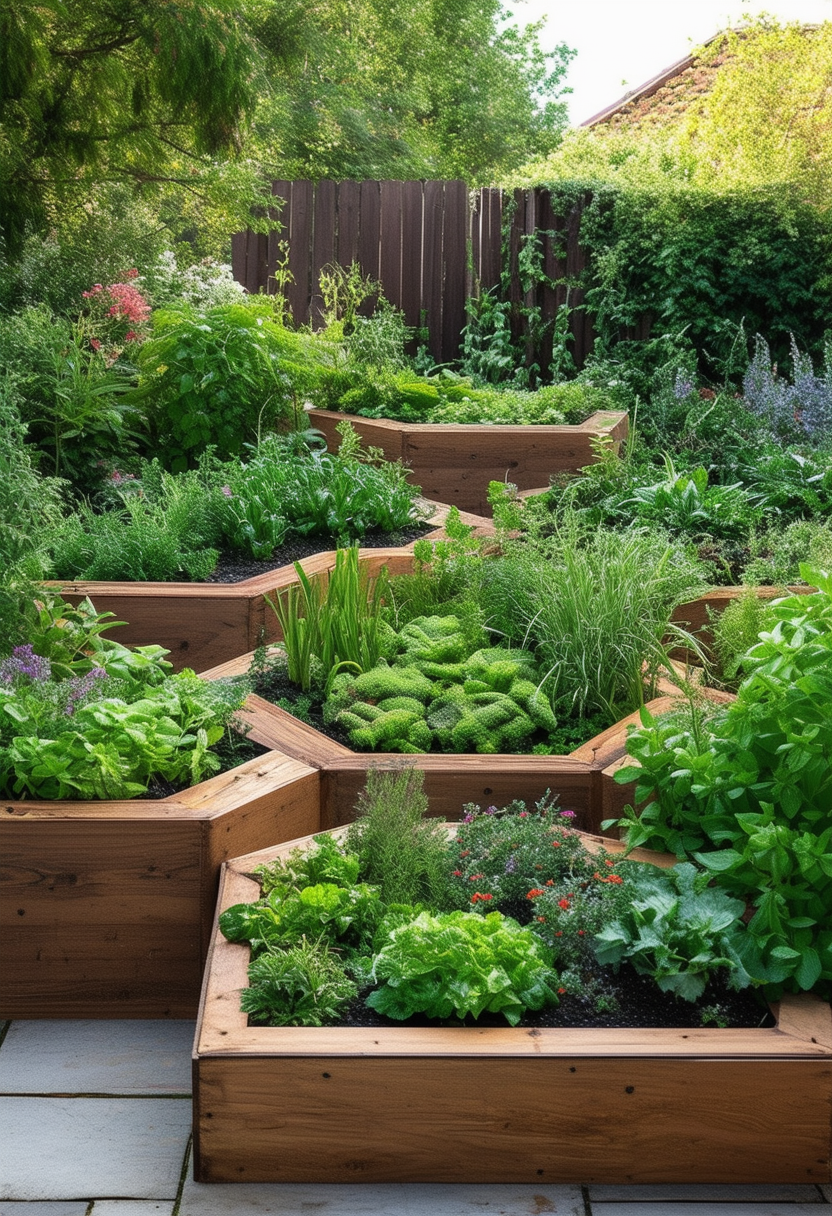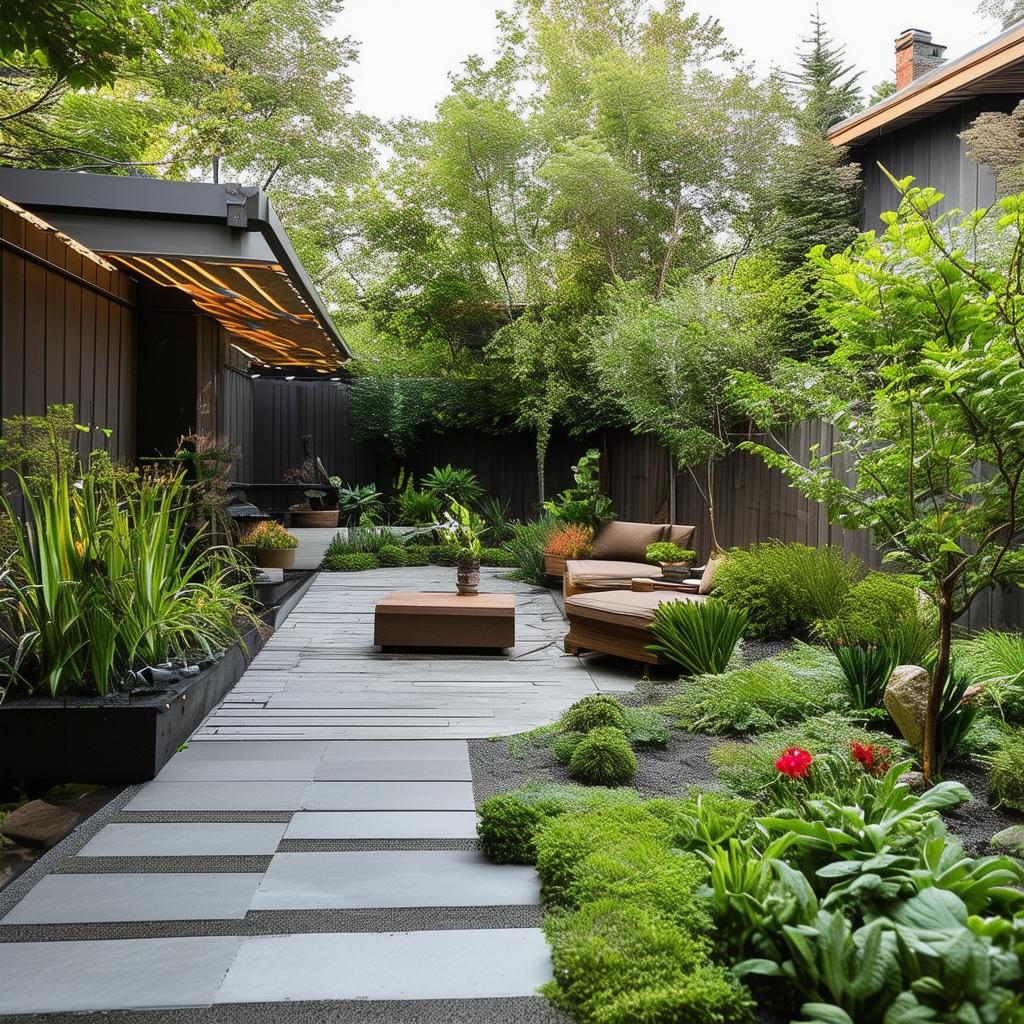Gardening enthusiasts and design aficionados, get ready to elevate your green space with some fresh inspiration. Raised beds have become a popular choice for gardeners looking to add dimension, structure, and style to their outdoor oasis. In this article, we will explore unique and creative ways to layout your raised beds, transforming your garden into a work of art while maximizing your plant-growing potential.
From innovative geometric patterns to whimsical shapes and designs, there are endless possibilities to create a raised bed layout that is both functional and visually stunning. Whether you have a small urban space or a sprawling backyard, we will provide you with ideas and tips to help you envision and create your own personalized elevated garden. So grab your gardening gloves and let’s explore ways to take your garden to new heights with these unique raised bed layout inspirations.
Designing Raised Bed Layouts for Small Spaces
Looking to elevate your garden with a unique and inspiring raised bed layout? With a little creativity and some strategic planning, you can make the most out of your small space and create a stunning garden oasis that will have your neighbors green with envy.
One way to maximize space in a small garden is by designing your raised bed layout in a tiered or cascading fashion. This not only adds visual interest to your garden but also allows you to grow a variety of plants at different levels, taking full advantage of the available sunlight. Consider mixing herbs, flowers, and vegetables in each tier for a diverse and beautiful garden display.
| Layout Option | Benefits |
|---|---|
| Hexagonal Grid Pattern | Maximizes space efficiency |
| Spiral Design | Creates a visually stunning focal point |
| Keyhole Garden Layout | Easy access to plants for watering and harvesting |
Another creative approach to designing raised bed layouts in small spaces is to incorporate geometric patterns or shapes. Think outside the box and consider layouts such as hexagonal grids, spirals, or keyhole gardens. These unique layouts not only make for an eye-catching garden design but also offer practical benefits such as maximizing space efficiency, creating visual interest, and providing easy access to plants for maintenance.
Using Vertical Gardens to Maximize Growing Potential
Elevate your garden with the use of vertical gardens to maximize your growing potential. By utilizing raised bed layouts, you can create a unique and visually stunning garden space that is both functional and beautiful. Vertical gardens allow for more plants to be grown in a smaller space, making them perfect for urban gardens or small yards.
One creative way to use vertical gardens is by incorporating different levels and heights of raised beds. This not only adds visual interest to your garden but also allows for better sunlight exposure for each plant. By stacking raised beds on top of each other or arranging them in a staggered pattern, you can create a dynamic and multi-dimensional garden space.
| Benefits of Vertical Gardens: | Maximize growing potential | Create a visually stunning garden | Ideal for small spaces |
|---|
Vertical gardens are also great for growing a variety of plants, from flowers to vegetables and herbs. By planting a mix of different plants in your raised beds, you can create a diverse and vibrant garden that will be a joy to tend to. Get creative with your raised bed layouts and experiment with different planting combinations to see what works best for your space.
Incorporating Companion Planting for Successful Gardening
Looking to elevate your gardening game? Incorporating companion planting into your raised bed layout can not only enhance the aesthetic appeal of your garden but also boost the health and productivity of your plants. By strategically pairing compatible plants together, you can create a harmonious environment that promotes growth while naturally deterring pests.
One creative approach to companion planting in raised beds is to design your layout based on plant families. Grouping plants from the same family together can help optimize space and maximize the benefits of companion planting. For example, you can create a “nightshade” raised bed with tomatoes, peppers, and eggplants, which are all part of the Solanaceae family. This arrangement not only looks visually appealing but also encourages cross-pollination and nutrient sharing among the plants.
| TOMATOES | PEPPERS | EGGPLANTS |
| Supportive | Insect-repellent | Enhances flavor |
In addition to plant families, consider incorporating flowers and herbs into your raised bed layout to attract beneficial insects and pollinators. Marigolds, lavender, and basil are excellent choices for companion planting as they not only add beauty to your garden but also serve as natural pest control agents. By creating a diverse and balanced ecosystem in your raised beds, you can create a thriving garden that is both visually stunning and highly productive.
Creating a Functional and Aesthetic Raised Bed Garden Style
Raised bed gardens are a fantastic way to add both functionality and beauty to your outdoor space. By elevating your garden, you can create a unique and eye-catching design that will impress your guests and provide you with a bountiful harvest. Whether you are a seasoned gardener looking to try something new or a beginner interested in starting small, a raised bed garden is a great option for any skill level.
When planning your raised bed layout, consider incorporating different shapes and heights to add visual interest to your garden. Mix and match rectangular, square, and circular raised beds to create a dynamic and engaging design. You can also vary the heights of the beds to add depth and dimension to your garden. This combination of shapes and heights will not only make your garden visually appealing but also help optimize space and make gardening more efficient.
| Planting Schedule | Vegetables |
|---|---|
| Early Spring | Radishes, Lettuce, Peas |
| Late Spring | Tomatoes, Zucchini, Cucumbers |
| Summer | Bell Peppers, Eggplant, Herbs |
Don’t forget to consider the aesthetic aspect of your raised bed garden as well. Use a variety of materials such as wood, metal, or stone to create a visually pleasing contrast. Add decorative elements like trellises, arbors, or colorful planters to enhance the overall look of your garden. Incorporate some flowering plants or herbs to attract pollinators and beneficial insects, adding both beauty and functionality to your garden.


